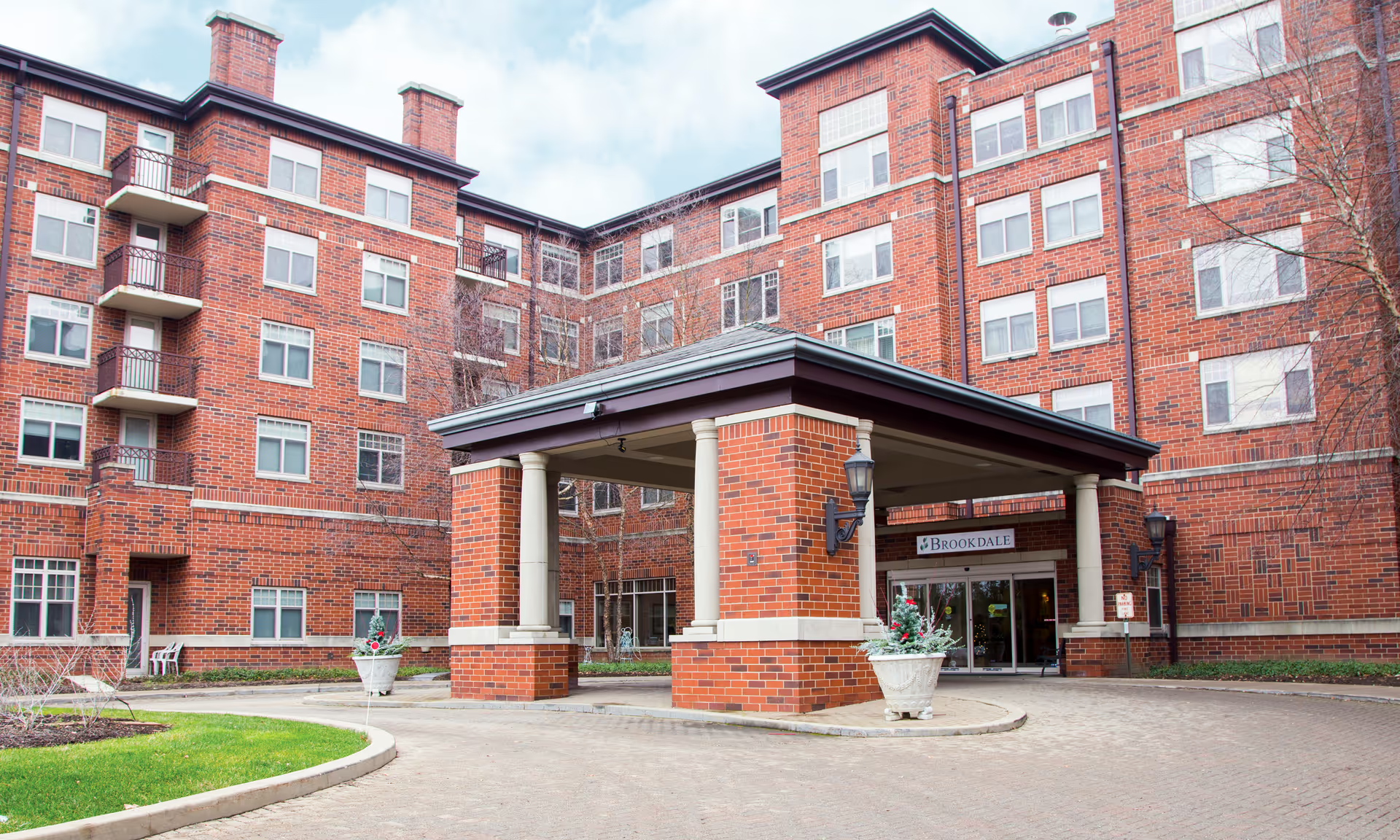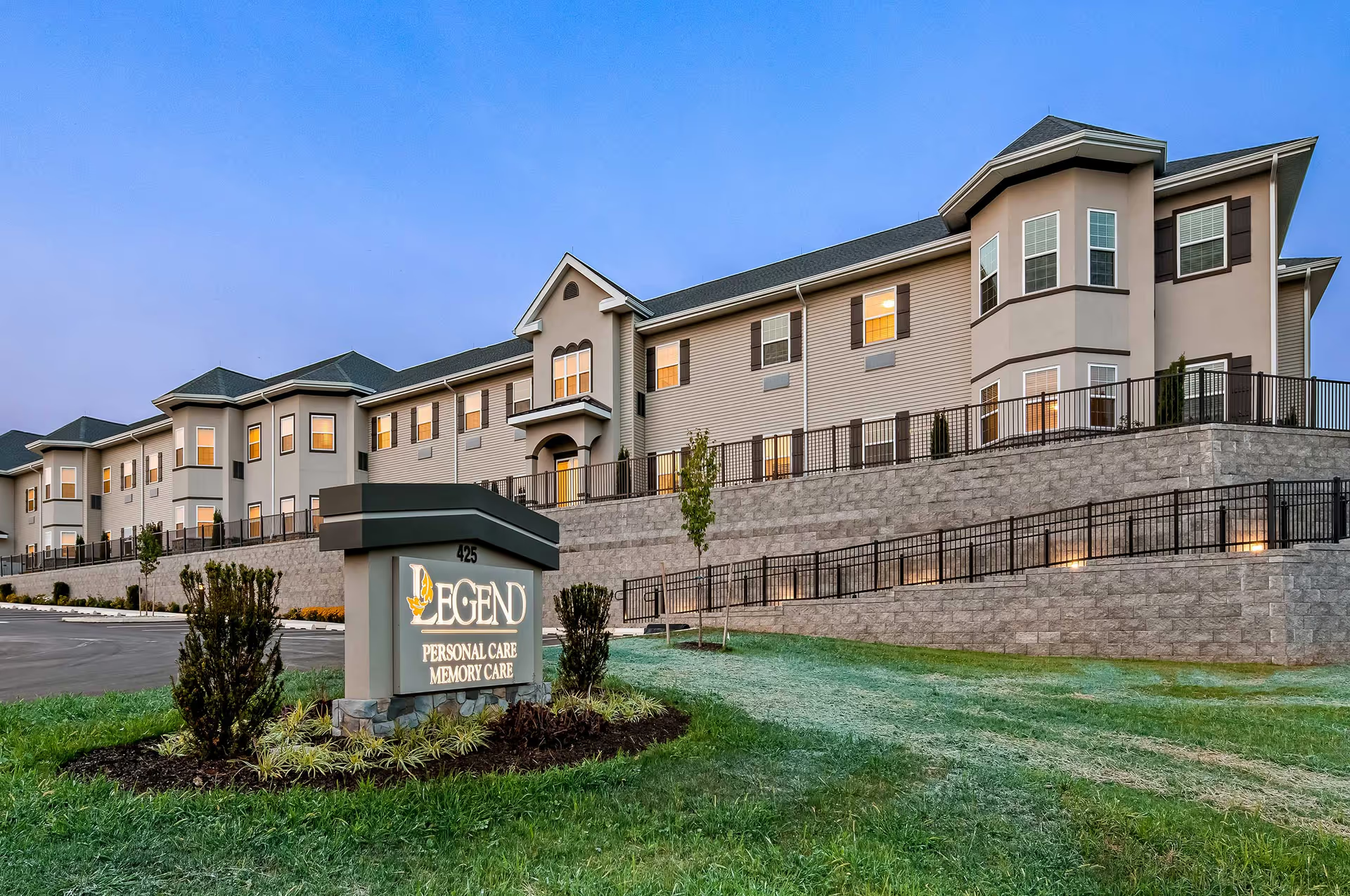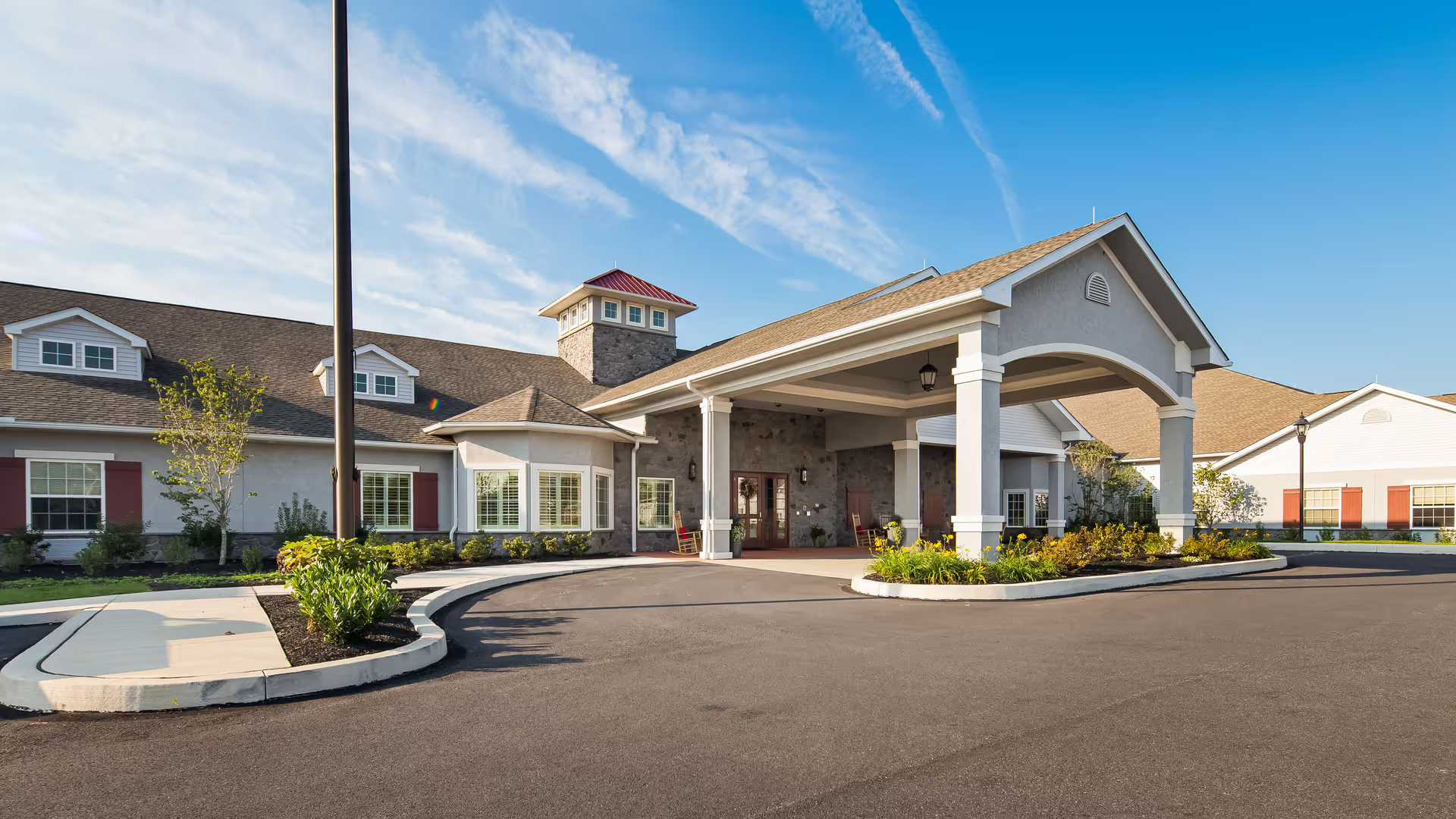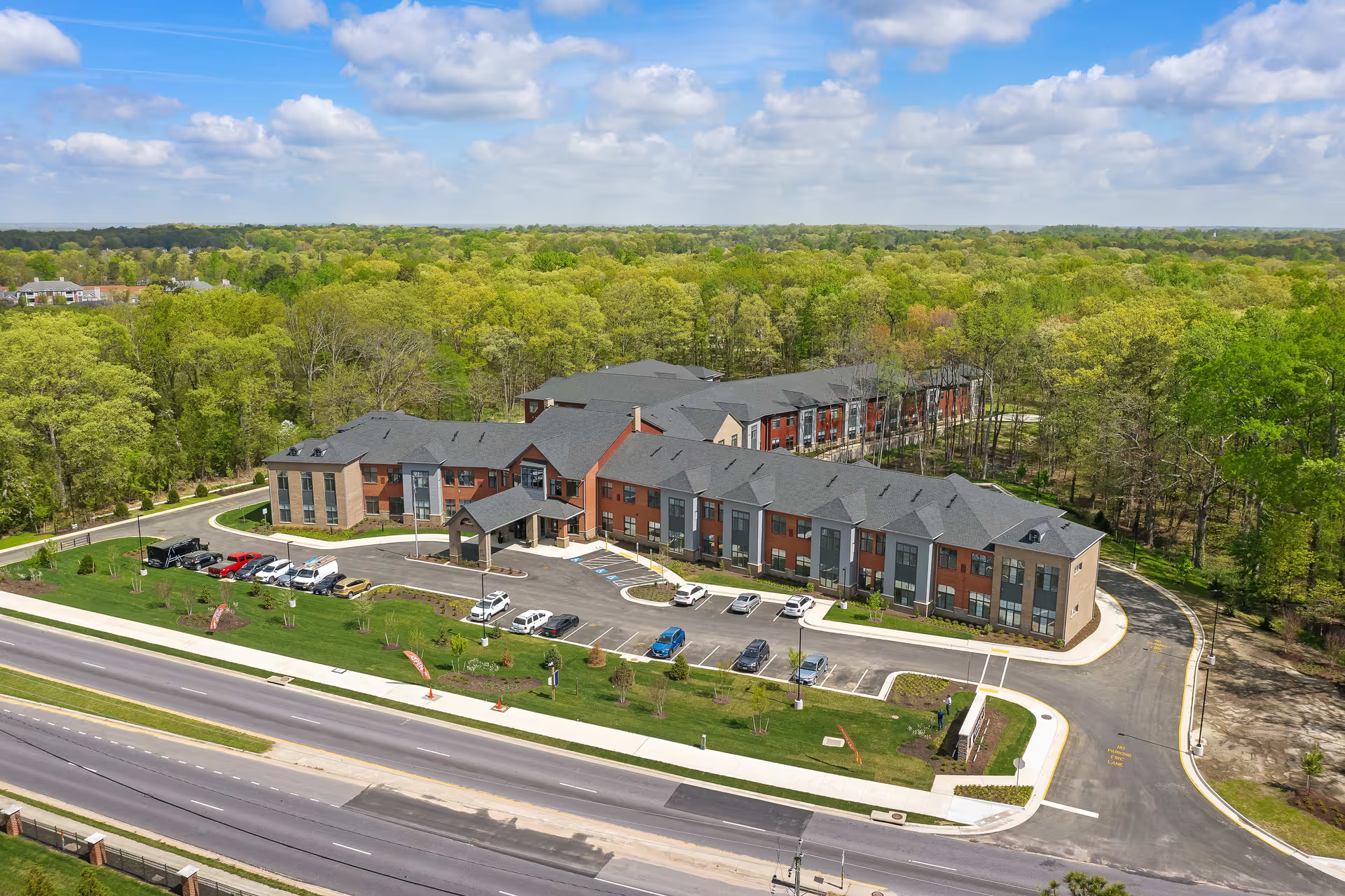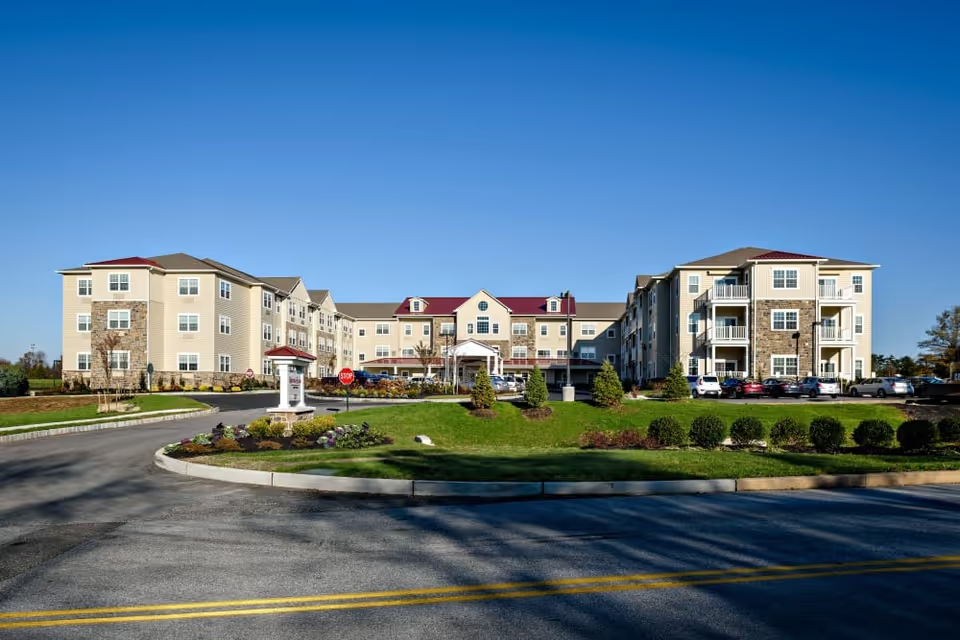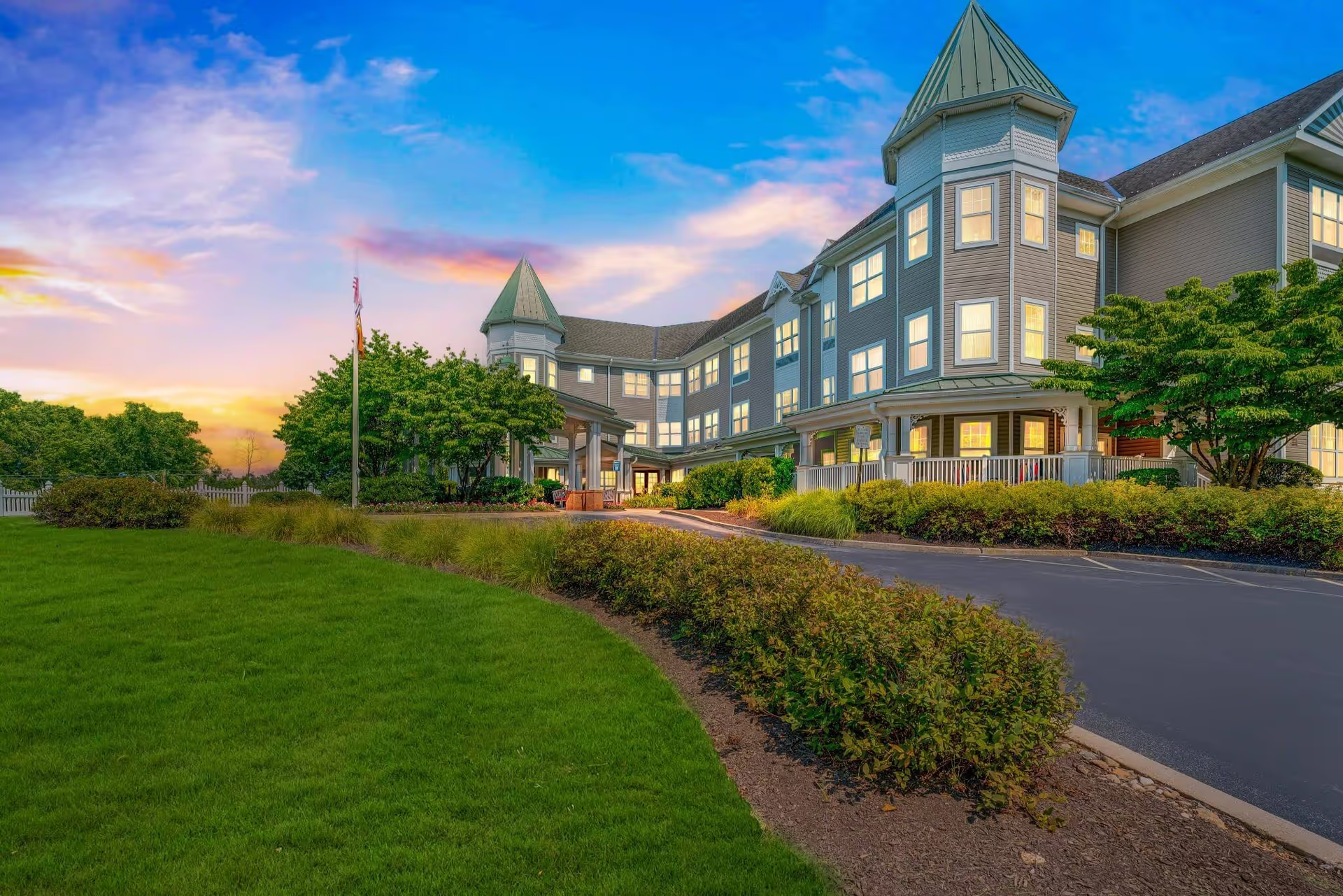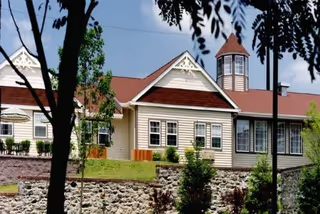Overall sentiment across the reviews is predominantly positive, with repeated emphasis on the quality of care and the compassionate nature of the staff. Many reviewers describe Mount Vernon of Elizabeth as having a family-like atmosphere where staff are consistently described as friendly, empathetic, and attentive. Multiple accounts praise individualized care, respect for dignity, and strong personal relationships between caregivers and residents. Several reviewers specifically mention that nursing staff and management communicate well, that hospice services are available and handled with compassion, and that families felt comforted by the facility’s approach to end-of-life care.
Care quality is frequently highlighted as a major strength. Reviewers report personalized attention, staff going above and beyond, and strong teamwork — including support during the pandemic and help navigating difficult circumstances. The facility is credited with providing high-quality services, a respectful environment, and consistent caregivers who know residents well. Memory care is available and regarded positively by some reviewers (familiar surroundings, peaceful passing), though opinions are mixed and a few reviews raise safety concerns about the memory care unit.
Staff and communication are central themes. Many reviews praise staff kindness, professionalism, and the sense that staff members treat residents like family. There are mentions of tenured staff and a supportive team dynamic. However, a notable minority of reviews point to inconsistent communication, slow response times, and periods of staff turnover. These criticisms suggest the quality of communication and responsiveness may vary by time or by specific staff on duty.
Facility attributes receive largely favorable remarks. The single-story layout, enclosed courtyard, ample lighting, outdoor spaces, and a hotel-like layout are repeatedly appreciated. Common areas are often described as clean and well-decorated, with holiday decorations contributing to a warm environment. At the same time, some reviewers reported issues with room size (small rooms, tight when adding furniture) and bathrooms lacking showers, which can limit resident comfort and flexibility.
Dining and activities are strengths for many residents. Several reviews commend the food — noting it looks homemade, offers flexible menus, and supports social dining — and many residents enjoy routines such as bingo, crafts, luncheons, and community outings. The community bus and transportation services (including transport to cancer treatments) are valued for keeping residents connected and supported. A few reviews, however, indicated a decline in food taste over time.
Operational concerns appear in a subset of reviews. Cleaning practices received mixed feedback: while common areas are often clean, some reviewers reported unclean floors, room cleanliness problems, and a reliance on cleaning-by-request or maintenance-based cleaning rather than proactive housekeeping. Staffing levels are a recurring concern in a few accounts — including comments about understaffing and at least one claim that the memory care unit felt unsafe. There were also reports of residents being excluded from activities. One notable issue is a report of a community closure with short notice, which is a significant logistical and emotional concern for affected residents and families.
In summary, Mount Vernon of Elizabeth is characterized by compassionate, attentive staff, personalized care, and a warm, home-like environment with strong programming and useful amenities (courtyard, single-story layout, dining, and transportation). The dominant strengths are the caregiving team, dignity-centered care, and an active community life. The main areas for improvement are routine cleaning and housekeeping practices in resident rooms, consistent communication and response times, attention to staffing stability (particularly in memory care), and addressing space/room layout limitations. Families considering the community should weigh the strong testimonials about staff compassion and care quality against the isolated reports of operational inconsistencies; prospective residents may benefit from asking targeted questions about room configurations, cleaning schedules, staffing levels in memory care, and contingency plans given the report of a community closure.
